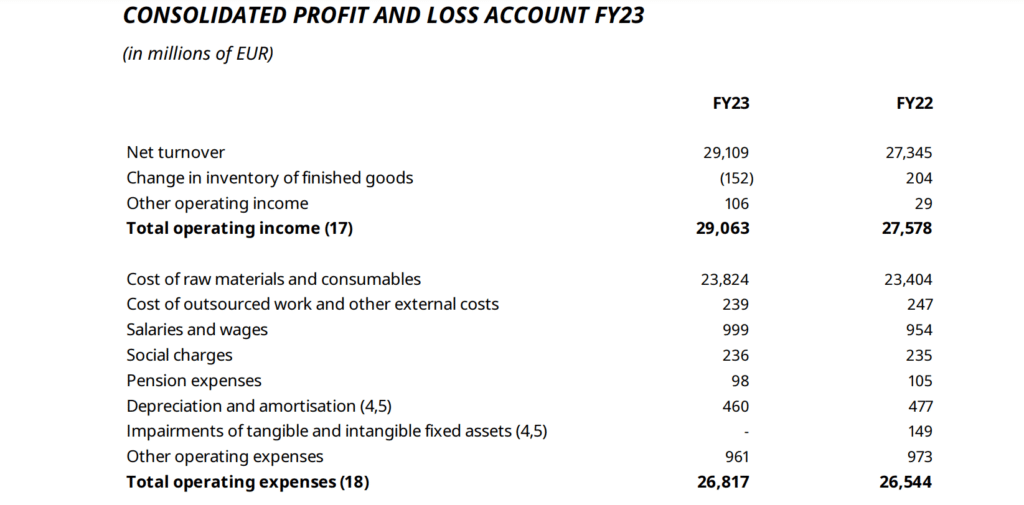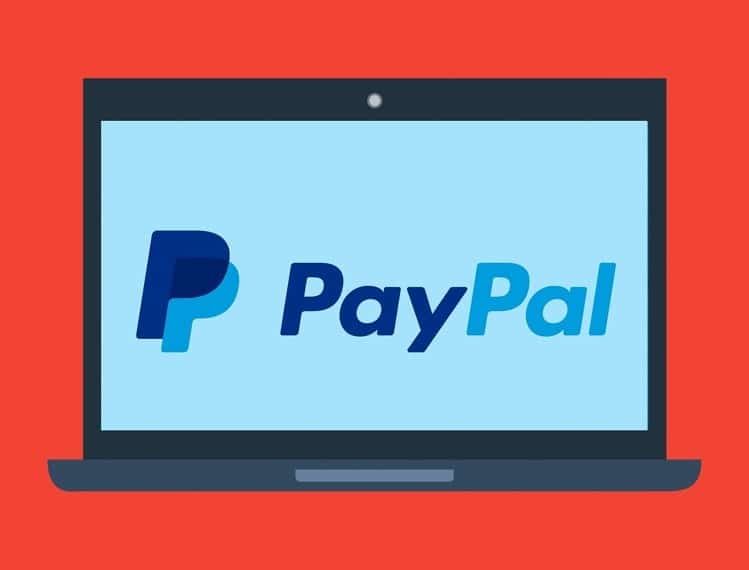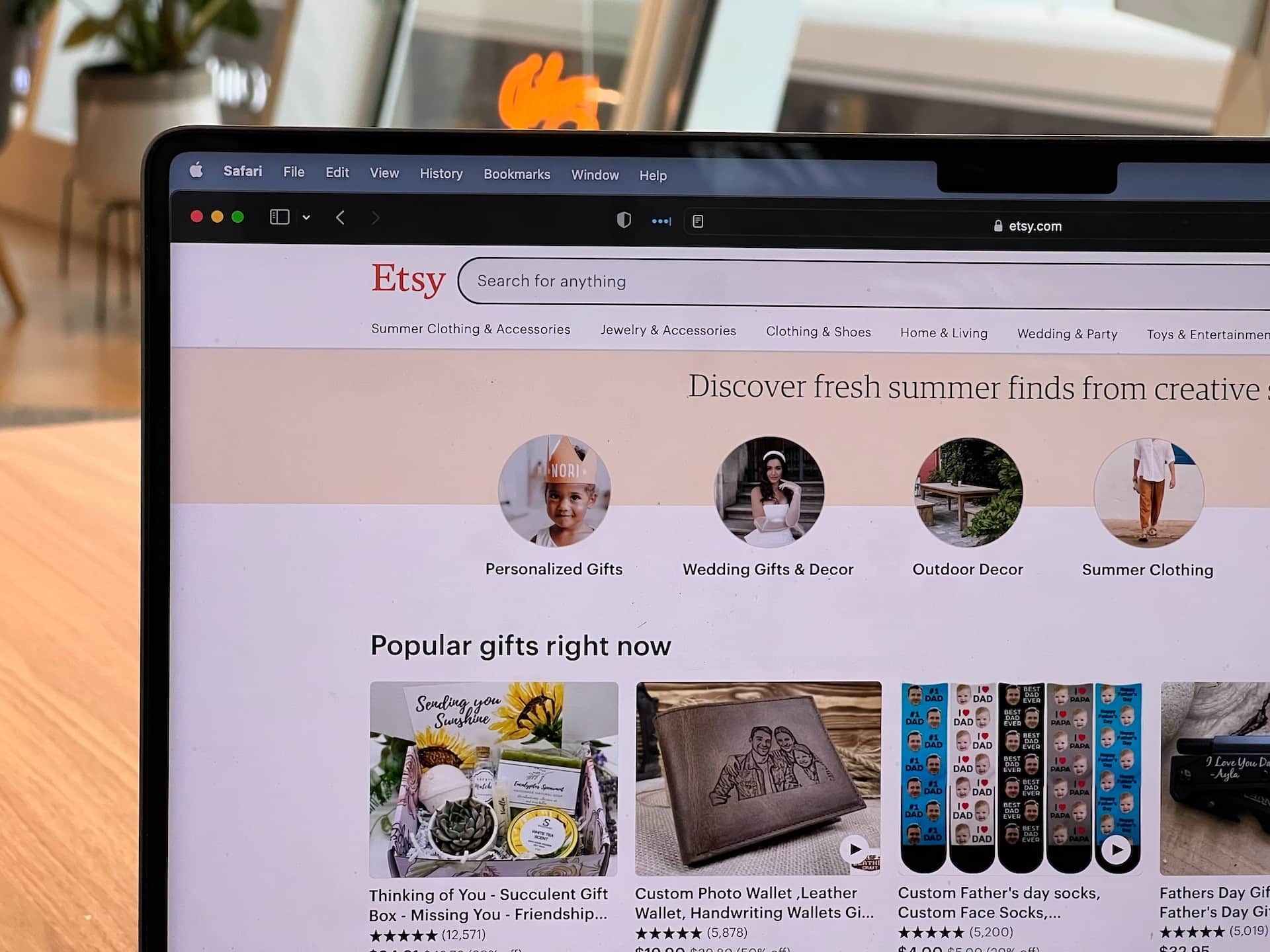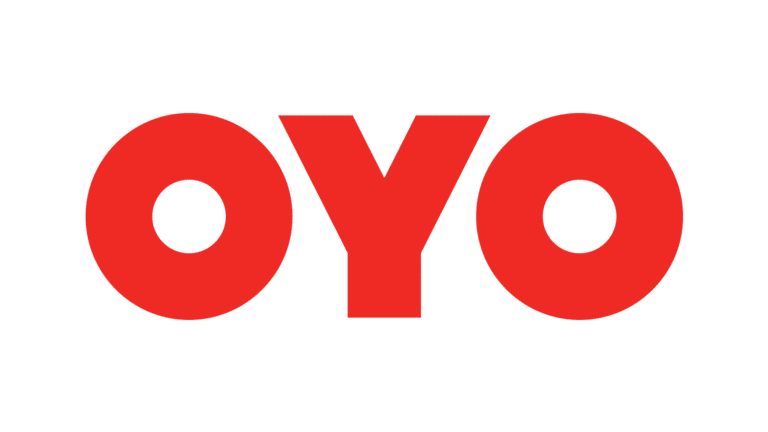The residential and commercial furniture industry raked in $243.8 billion in the US in 2023, making it the most significant furniture market globally. This market is sub-categorized into multiple niches, including the ready-to-assemble sector ruled by the Swedish furniture design company IKEA.
What is IKEA?
Founded in 1943 by Ingvar Kamprad, IKEA is an international home furnishing brand infamous for its range of ready-to-assemble furniture pieces.
The brand name is an amalgamation of the founder’s initials combined with the initials of the farm and village, Elmtaryd and Agunnaryd, on which he grew up. Inspired by the frugal and no-nonsense lifestyle practiced by his town, the entrepreneur started a mail-order business wherein he imported watches, nylon stockings, and pens and sold them at a markup.
He added furniture to the roster in 1948 and quickly developed roots and struck a chord with its customers due to its good quality, unique design, and affordable pricing. IKEA’s motto is to make well-designed furnishings accessible to all, despite their budget and social status.
IKEA Customer Segmentation
IKEA primarily caters to two types of customer segments:
- Retail customers: With €47.6 billion in retail sales in 2023, individual customers have played a massive role in propelling a small furniture company from rural Sweden to a Global Brand. IKEA’s commitment to providing its customers with a wide range of well-designed and affordable furnishings has helped it foster customer loyalty on a global scale.
- Suppliers: IKEA has partnered with nearly 1,600 suppliers. These suppliers handle everything from providing finished products (home furnishings) to supplying raw materials and components to the brand. Some even handle services like transport and food.
IKEA is a leading ready-to-assemble furniture brand globally with an established and growing footprint in Europe, America, the Middle East, Africa, Asia and Oceania. Simply put, the brand has 471 stores in 63 markets worldwide, but why do individuals trust IKEA? Let’s find out.
IKEA’s Value Propositions
IKEA’s unique value propositions for its customers include the following:
1. Quality furniture at affordable pricing
IKEA’s USP is a range of quality furniture made available at the lowest prices possible to ensure more people can take their dream furnishings home. In short, the furnishings are practical but aren’t outrageously priced. The complimentary interior design services are the cherry on top.
2. RTA model
IKEA has cornered the ready-to-assemble (RTA) market, making it easier for the brand to package and ship its products. Besides the cost-savings, this model works for its customers because assembling various furnishings and building things from the ground up gives them immense satisfaction.
3. At-home furniture assembly services
Although IKEA prides itself on giving people a sense of fulfillment through its RTA model, it also provides at-home furniture assembly services for days when its customers don’t want to spend time working on home improvement projects. The rates start at £31.
4. Buy IKEA products on credit
Customers can download IKEA’s financing app for iOS and Android and fill out the application form to get interest-free credit to fund their next home improvement project from the brand. The limit is between £99 and £15,000, and shoppers can spread it from 3 months to 5 years.
5. Eco-friendly business model
The multinational conglomerate maintains a delicate balance between sustainability and its business practices. It understands the reach it has and wants to use it to spread awareness about positive changes. It isn’t just concerned about being in harmony with nature for the good of its business today but is also concerned about the generations to come.
As such, IKEA makes it a point to source and manufacture products sustainably. It also strongly encourages its suppliers to adopt eco-friendly practices and promote a healthier work environment. This practice makes the brand a winner for customers globally, especially ones striving to support eco-friendly brands, and attracts them.
That’s not all. IKEA also promotes the circular use of all its products. It buys back old furniture, gives it a new lease on life, and shelves it under its Re-shop and Re-use categories in-store and online. This way, customers pay less for the products they want and less furniture is banished to landfills. Win-win!
Moreover, if a customer wants to resell their furniture, they can get an estimate and voucher from the brand while the company works in the background to find the furniture a new home.
Who are the Key Partners of IKEA?
IKEA’s partners have helped the company amass millions of customers and expand to various corners of the world. Its key partners include:
- Suppliers: The company partners with suppliers to fulfill its promise of high-quality products at cheap rates to its customers. It sources finished goods and raw materials from over 55 countries and maintains a profitable relationship with each supplier for at least 11 years. Consequently, the company can introduce 2000 new products annually.
- Delivery, warehouse, and custom partners: Delivery and warehouse partners have helped IKEA maintain an enviably optimum inventory and offer online services. On the other hand, custom brokers facilitate the cross-border movement of products.
- Marketing partners: They play a huge part in keeping IKEA relatable and ensuring its marketing budget is spent judiciously.
- Developers and IT partners: Technology partners ensure IKEA’s website and app run smoothly without glitches.
- Assembly partners: IKEA has partnered with Taskrabbit to provide at-home assembly services.
What are IKEA’s Key Resources?
IKEA’s key resources include:
- IKEA’s user-friendly website and intuitive app are its biggest resources.
- 471 retail stores in 63 markets across the world.
- A dependable brand name that allows it to acquire customers in fairly new locations.
- Profitable partnerships with global vendors and suppliers.
- An enviable supply chain to optimize operations and reduce unnecessary costs.
- IKEA’s ecosystem of 219,000 employees (read: co-workers) globally.
- A unique selection of good quality products.
- The sustainable everyday campaign allows it to focus on sustainability and educate its customers, employees, and suppliers about its importance.
What are IKEA’s Sales Channels?
Customers can buy IKEA products through its website or visit one of its many retail stores. They can also download IKEA’s mobile apps to make their next purchase.
Additionally, the international brand is active on multiple social channels—Facebook, X (formerly Twitter), Instagram, Pinterest, and YouTube—and leverages them to connect with its existing customers and acquire new ones.
How Does IKEA Maintain Customer Relationships?
IKEA customers can visit its Customer Service page to resolve their queries, including store information, return and exchange policy, stock availability, and missing parts.
They can also chat with BILLIE, the IKEA chatbot, to get their questions answered 24/7. Alternatively, they can call customer service agents on 01733520006 from 7 AM to 8 PM from Monday to Saturday and from 7 AM to 7 PM on Sunday for more pressing matters.
What is IKEA’s Cost Structure?
The IKEA Group spent nearly €26.8 billion as total operating expenses for the fiscal year 2023. It spent the lion’s share, €23.8 billion, on the cost of raw materials and consumables.
How Does IKEA Generate Revenue?
IKEA Group’s total operating income was over €29 billion for the fiscal year 2023. It earned €1.2 billion from the Netherlands alone, €14.5 from the European Union, and €13.2 from the rest of the world. But how does IKEA make money? Let’s find out.

IKEA’s revenue streams can be categorized into three sections:
1. Sales of products
IKEA’s range of products are its biggest source of income. This includes wholesale sales to franchisees and retail sales from Inter IKEA Group-owned IKEA Delft.
2. Franchise fees
The Inter IKEA Group charges its franchisees an annual fee of 3% on their net sales.
3. Other income
Income earned from communication and marketing materials created for and sold to IKEA’s franchisees falls under this section.
The Bottom Line: IKEA is changing the furniture sector one RTA furnishing at a time
IKEA’s dedication to offering its customers a varied selection of RTA products at affordable prices has helped make it a household name.
References & more information
- Statista Research Department (Feb 14, 2024). Global: furniture market revenue by country 2023. Statista
- About IKEA – Our heritage.
- The story of IKEA – IKEA Global
- The year in review – IKEA Global
- Let’s grow together: become an IKEA supplier – IKEA Global
- How we work – IKEA Global
- IKEA Holding BV Annual Report
- A more sustainable everyday – IKEA
- Online interior design services – IKEA
- Save time with our assembly service via TaskRabbit – IKEA
- Interest-free credit – IKEA
- IKEA Apps for a better everyday
- IKEA customer service
- Inter IKEA Group Financial Summary FY23
- Featured Image by Jueun Song
Tell us what you think? Did you find this article interesting? Share your thoughts and experiences in the comments section below.












Add comment